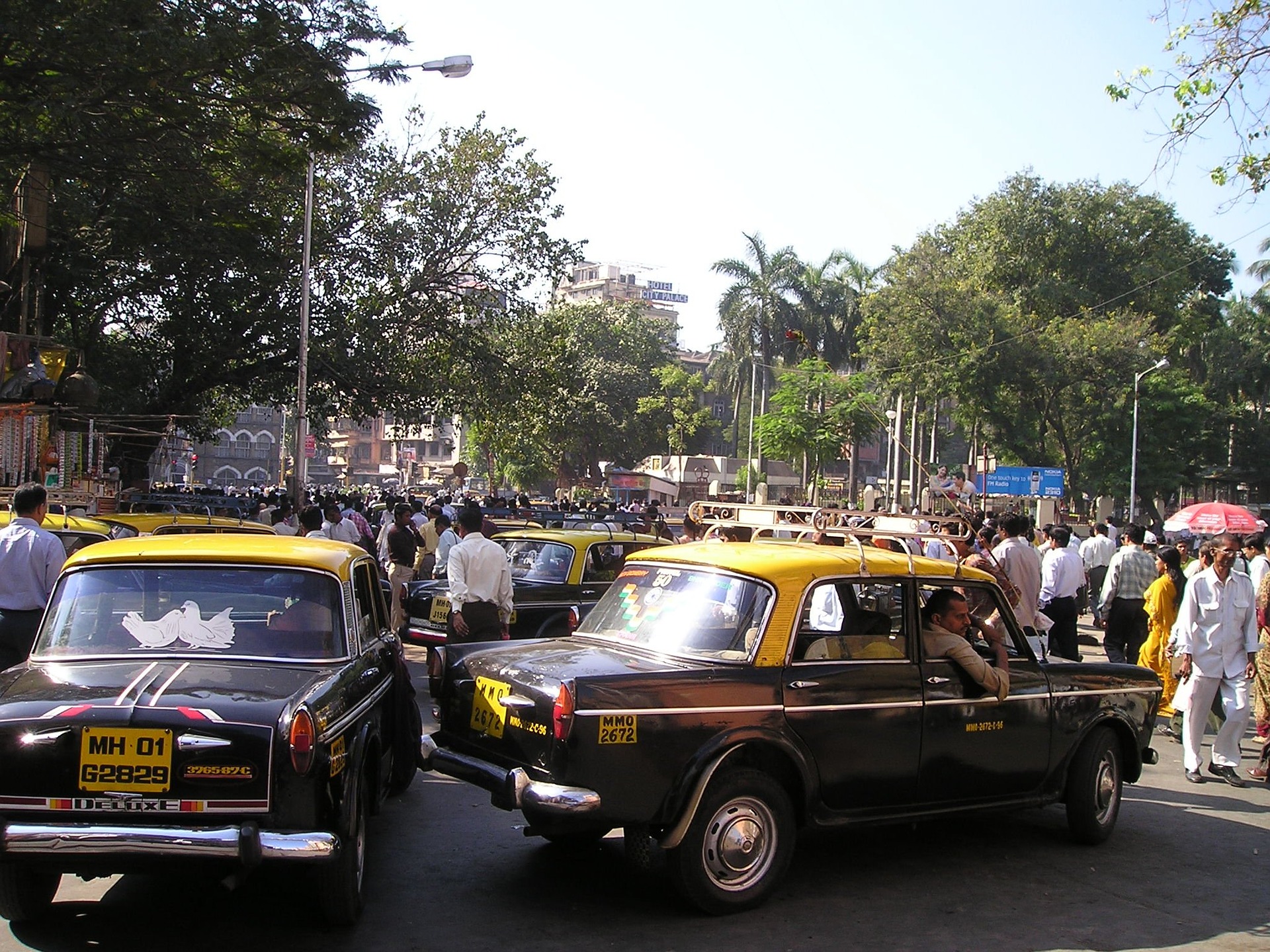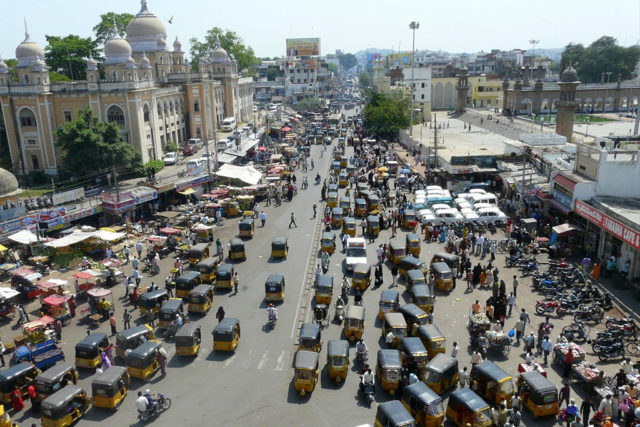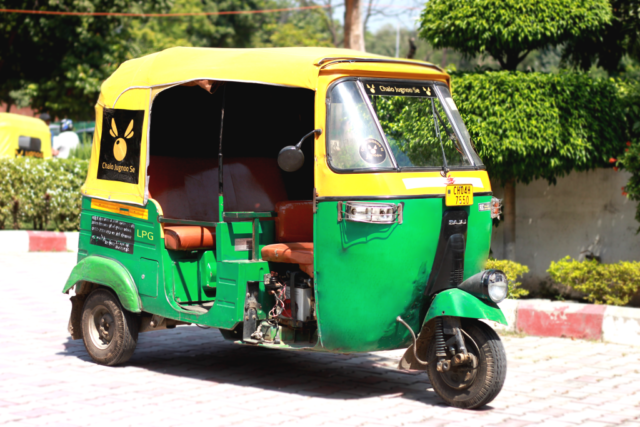
Glimpses into the Indian Transport Industry
décembre 2, 2016 — Uncategorized
With a surging GDP and a rapidly expanding urban population, India faces an enormous demand for development of robust urban infrastructure. While essential to making Indian cities run smoothly, it is also necessary for the domestic growth of its urban transportation sector. The announcement of the Smart Cities Mission by the Indian government presents a vital opportunity for this cause.

Through the Smart Cities Mission, the government has sanctioned various large-scale projects within the scope of urban infrastructure development, especially for road transportation and the management of Indian cities’ mobility needs. Around 90 projects for roads and flyover development, 10 Mass Rapid Transport (MRT) proposals and several intelligent traffic management and integrated multimodal transport services have already been initiated. Indian leaders envision that this smart transportation and infrastructure will benefit economic activities in the automotive sector into the coming decades.
Indian Transportation Status Quo
Urban transportation in India is characterized by uncoordinated and inefficient systems that are unable to effectively meet the needs of residents. Auto-rickshaws are a dominant mode of transportation in Tier II and Tier III cities of India – with an estimated number of around 30 million rides per day – filling the void left by inadequate public transit offerings. Adding to the strain are challenges like road congestion, air pollution from fossil fuel burning cars, crumbling road infrastructure, underutilized water transport options and a limited use of technology.
Commuters are now putting on the pressure, bringing to the fore that public transport services are overcrowded, unreliable, problematic, uncoordinated and sometimes even dangerous. Discouraged by so many drawbacks, commuters today are more inclined to use personal transport, adding to congestion and transforming Indian cities’ wide roads into parking lots.

The Technological Disruption in Urban Transport
Over the last decade, India has increasingly seized opportunities provided by technology and is now poised to focus on transportation. As Internet accessibility and smartphone use have grown over the past ten years, more-and-more people are turning to ride-hailing apps.
With Jugnoo, we have used this technical innovation to bring structure and digital solutions to the highly unorganized auto-rickshaw sector in Indian cities. By aggregating auto-rickshaws through an app and enabling the optimization of resources, we are trying to create difference in the lives of both commuters and drivers.
If mobile app startups, government and public transportation authorities collaborate, huge steps can be taken to build an environment conducive to growth and improved mobility in urban India. While the government and public authorities provide the infrastructure and basic structures, startups like Jugnoo streamline processes, delving into the minute details to create efficiencies, from mapping common drop off locations to sending timely reminders to drivers to renew their documentation.
Sharing Data to Find Solutions
An open innovation platform is the best tool to make the mobility revolution happen faster. To achieve an all-inclusive and lucrative transport model, the ecosystem needs a platform for collaboration, shared data, knowledge and resources and co-creation of customizable services. At Jugnoo, we use our internal analytics to study user behaviour and discover trends that impact the urban mobility scene. The data we collect on this mode of transit, if used in an appropriate way, can play a highly constructive role in better planning for the future of cities. For example, we are able to identify the preferred routes, pick up and drop off locations, infrastructure shortages and preferred payment methods (trends of cashless economy, Unified Payment Interface (UPI) System, etc.) for a large pool of residents currently opting out of public transit options. If this data is put to the right use, the opportunities are endless.
Working in Collaboration with Authorities
Another major concern still impacting public transport sector in India is the last mile connectivity. While the inter-state transportation network is constantly evolving for better, local travel or intra-city transport still remains a burning topic. To tackle this, Jugnoo is closely working with city governments and public transportation authorities to shoulder the responsibility of providing first and last mile connectivity to people across the country. Our recent association with Jaipur Metro Rail Corporation (JMRC), is one such step towards fulfilling the last mile connectivity requirements. We are also in talks with other cities to provide similar solutions and are collaborating with city authorities to connect satellite towns by enabling drivers to get intercity permits.
One thing that we need from government is transparent and flexible rules and regulations. Presently, the rules are bureaucratic and tedious to follow. Rules that are not transparent create a mismatch of thought processeses. In our space, there are different regulations safeguarding the interests of drivers, users and the service providers. Private/public partnerships can go a long way in creating synergies between these regulations so that the mobility space grows in a collaborative manner.
Better Opportunities for Drivers
If startups and public bodies support each other, they can also work together towards creating better employment opportunities for drivers. Auto-rickshaw drivers join Jugnoo because it helps them find commuters quickly and pick up more rides. This significantly reduces their idle time and increases their earnings. What’s more, they no longer have to negotiate costs with the customers, streamlining the service for drivers and passengers alike. As digital wallets come into the picture, drivers find it all the more convenient to use Jugnoo as it eliminates the need to carry cash on the job. These small savings and improvements lead to drivers expanding their horizons and eventually growing their businesses.
Given the stiff competition coming from on-demand taxicab aggregators, auto-rickshaw as a transportation medium is being completely wiped off the scene. The only way to keep the position of auto-rickshaw drivers intact and help them grow is to change the perception of commuters by making auto-rickshaw rides as efficient as taxicabs at more affordable prices via the integration of technology.
Future of Transport in Indian Cities
We dream of travelling from point A to point B anywhere in India by simply tapping a button. While taxi aggregators are also helping India moving in this direction, creating new infrastructure using taxis is wasteful given that there are already 5 million auto-rickshaws in India. We envision a mobility future where drivers are efficient and make profits comparable to other blue collar workers.
Are you ready to share your startup with the world? Apply to join our community of Global Urban Innovators.